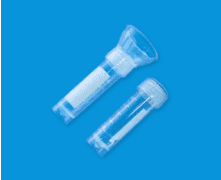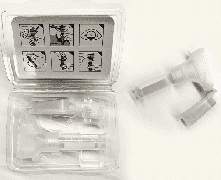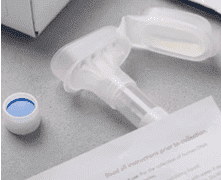How to Collect Saliva Samples?
Use devices with collection funnel:
1. Rinse month with clean water to remove food residue 30 minutes before the saliva collection and let saliva collect in the mouth for at least 1 minute.
2. Label the collection devices on the tube.
3. Drool into the labeled collection devices through the funnel until reaching required amount.
4. Close the collection funnel lid tightly (for DNA/RNA Collection Device only) and unscrew the funnel from the tube.
5. Close the tube tightly with the cap.
6. Turn the collection tube up and down for 10 seconds to mix saliva.
7. The sample is ready for downstream processing.
8. OR Seal the tube into a biological sample collection bag for preservation or shipment.
Use devices with collection funnel:
1. Rinse month with clean water to remove food residue 30 minutes before the saliva collection.
2. Label the collection devices on the tube.
3. Take out the cotton swab out of the collection tube with sterilized tweezers.
4. Place the swab into the mouth for about 1 minute to let the swab absorb saliva.
5. Take out the cotton swab from the oral cavity and replace the swab to the tube carefully with the tweezers.
6. Put the test tube with the cotton swab into a centrifuge, and centrifuge it for 2 minutes at 1,000 x g.
7. The saliva is centrifuged to the bottom of the tube, and the sample recovered is ready for downstream processing.
8. OR Seal the tube into a biological sample collection bag for preservation or shipment.
Sample Collection Notice
- The specimens should be frozen then shipped on dry-ice.
- The specimens should be handed in as soon as possible, the time consumption should be NO MORE THAN 7 days.




